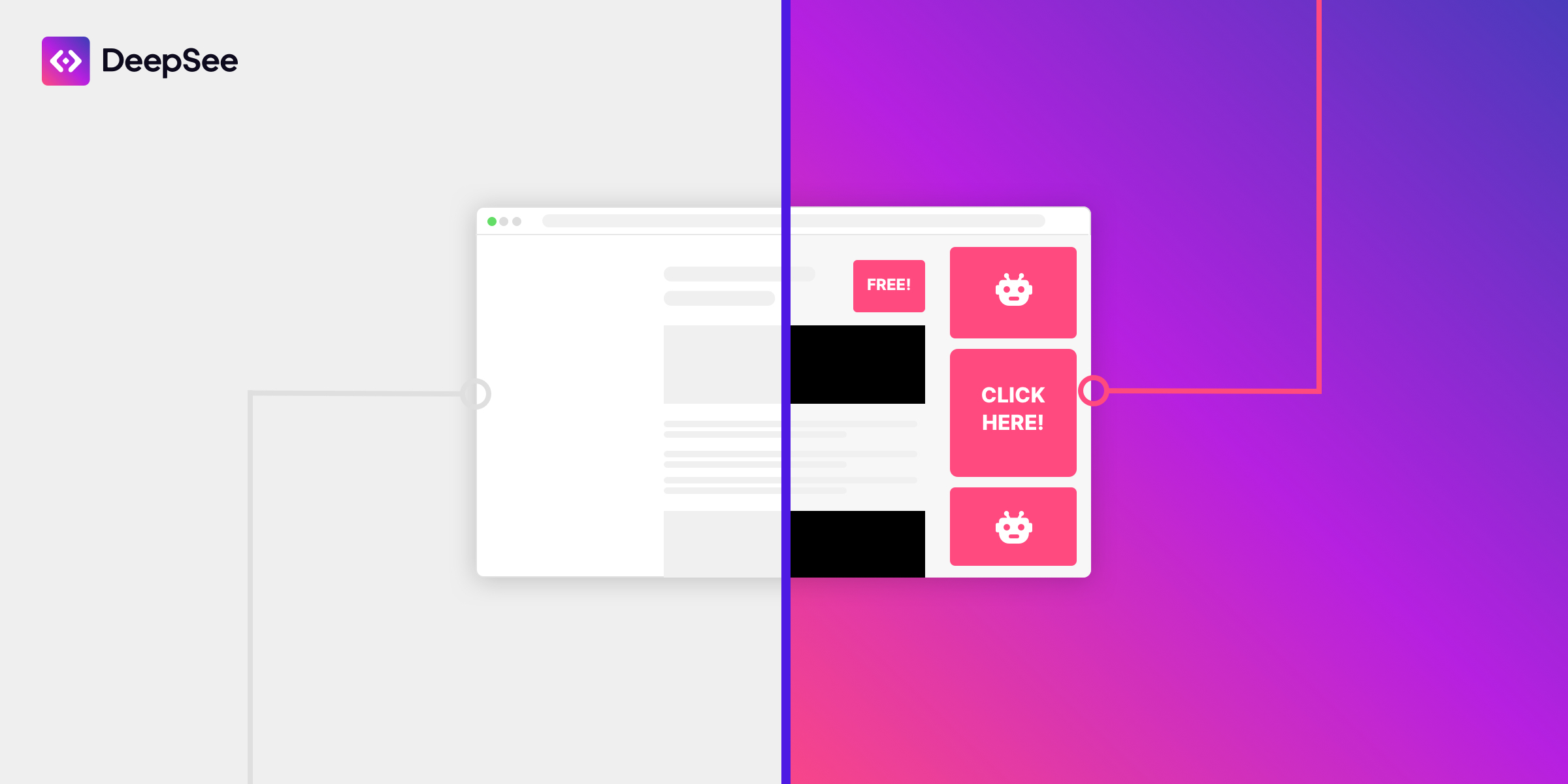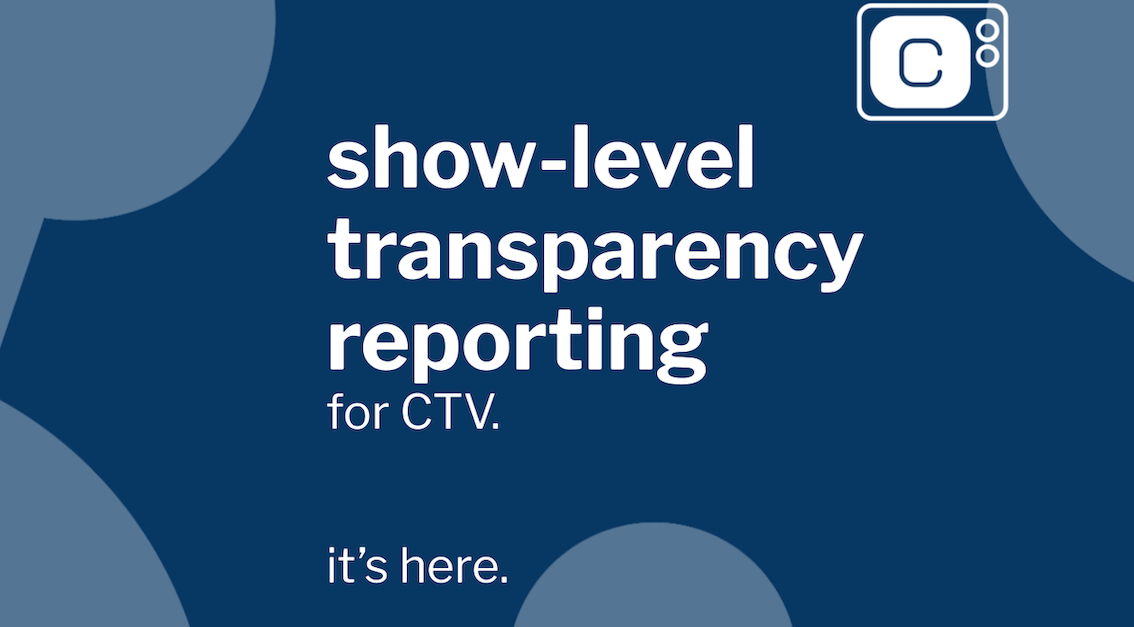2 min read
Contextual targeting: Say goodbye to cookies and hello to context
Every day brings us closer to the time when cookies aren’t an option for advertisers anymore. The news of cookies going away isn’t all...
3 min read
 David Simutis
:
Oct 29, 2021 3:28:54 AM
David Simutis
:
Oct 29, 2021 3:28:54 AM

There are a number of methods brands use to ensure brand suitability – most involve measuring publisher quality using reports from Invalid Traffic (IVT) vendors.
These reports, generally speaking, are based on aggregated impression data about the quality of the visitor, not necessarily the quality of the publisher itself. They only scratch the surface when it comes to determining if a specific publisher is truly a valuable place for brands to put ad dollars. It’s one reason it’s difficult to determine which publishers are legitimate and suitable for your brand, and which are potentially harmful.
But it’s not the only reason you have to be vigilant about brand suitability; bad-actors can “bamboozle” things like hidden ad placements and other elements like a terrible user experience.
DeepSee, a data partner in Peer39’s Contextual Data Marketplace tackles brand suitability with a different approach. They help brands reduce avoiding the worst of the web by looking at the publisher and the environment, rather than users. Using their categories, you can target sites with the best user experience, and avoid chumbox sites, hidden ad slideshows, and forced navigation.
Their methodology for publisher evaluation and targeting comes from looking at publisher suitability in three different ways:
Affiliate marketing programs reward publishers for sending users to merchant websites. A user will land on a publisher website, see an ad for a specific merchant (placed by the affiliate network) and click through to the specified web page. When a user makes a purchase on that site, the merchant pays an agreed-upon commission to the affiliate network.
Part of that agreement might include a transparent percentage of the commission being paid to the publisher, or alternative forms of compensation like cost-per-click.
At a high level, the merchant will place a cookie on the user when they arrive at their site, which will be used to store information, notify, and compensate the affiliate network when a purchase is made.
Cookie stuffing and affiliate fraud occurs when a publisher forcibly navigates users to a retailer site, causing cookies to be dropped on the user with the fraudster’s affiliate information. This can be done by using cheaply purchased pop-traffic from adult or torrent websites that force users to a third-party site when a pop-up or pop-under is clicked.
This practice is done with the express purpose of claiming affiliate revenue if any of the users sent to the merchant website ever completes a purchase at the retailer associated with the forged cookie.
Pop traffic is, unfortunately, a common problem in programmatic video and display marketplaces, creating visitors that appear as direct but actually aren’t.
This is accomplished through traffic laundering, which is a process wherein a middleman takes visitors from one website, and uses them to create visits to other sites that have paid for human traffic.
Pop-unders are one of the most common techniques to facilitate traffic laundering. Typically spawned from piracy or porn websites that have a hard time generating legitimate ad revenue, users click on different elements of the site and are redirected to a third-party site. For example, the user might click on what they think is a play button, only to be redirected to a different website. All of these visitors register as “valid” traffic on that third-party site, making it seem legitimate.
This traffic laundering technique removes any trace of suspicious referral headers, making it difficult to detect unless the vendor had impression trackers at each end of the user journey.
For advertisers, this creates a problem where they might be paying for traffic from publishers that they would rather not support or associate with. This can create major headaches for advertisers concerned with brand safety and ensuring that their ad dollars aren’t funding illegitimate or harmful content.
Ad arbitrage is a the practice of buying web traffic, and then selling ad space for more than they paid to acquire the user. For example, the publisher might buy traffic for a $1 cpm, and then sell display ad placements for a $2 cpm.
Many websites that participate in ad arbitrage will try to maximize the number of visible ads that each visitor is exposed to, at the expense of a tolerable reader experience.
DeepSee places strong emphasis on user experience when auditing websites for brand suitability. This includes measuring how many ad units users are exposed to on a given page, and how fast or slow the page loads.
They also analyze websites to flag when that publisher has altered their design in order to maximize ad revenue. This data is made available to users, allowing you to identify and act on publishers who are participating in ad arbitrage.
Together, these three areas of focus power DeepSee’s categories that give you the power to place your ads where people are having the best user experience.
If you’d like to see DeepSee’s data in action, we invite you to sign up for a free account with Peer39.

2 min read
Every day brings us closer to the time when cookies aren’t an option for advertisers anymore. The news of cookies going away isn’t all...

2 min read
For the First Time, CTV Buyers Gain Consistent Visibility of Show-Level, Channel, Content, And Delivery PerformanceOffering Rounds off a...

2 min read
Connected TV is the fastest-growing digital advertising channel, now surpassing linear TV, and with good reason. While COVID-19 helped...